September 24, 2024
Despite decades of wildlife conservation efforts, the planet is facing an unprecedented decline in biodiversity, according to United Nations statistics. Approximately 28% of species across the planet are threatened with extinction, including 41% of amphibian species, 26% of all mammal species and 34% of conifers.
Wildlife conservation efforts have long depended on tracking and monitoring animals and habitats, but traditional methods have shortcomings.
“Across conservation parks around the world, motion trap cameras and drones are deployed to monitor the habitats of endangered animals and patrol for poachers,” said IEEE Fellow Karen Panetta. “The problem with these approaches is that they require manual labor to review the data being captured and are inhibited by things like forest canopies and low-lighting conditions.”
So, researchers are turning to innovative technologies, including AI and satellite monitoring, to protect animals and habitats around the world.
Here’s a look at some of the best examples of how emerging technologies are helping wildlife conservation efforts.
Monitoring Elephants by Drone
Conservationists typically mount cameras to fixed locations, like trees, to monitor wildlife. But that gives a limited picture of animal activity. It shows what happened at one location and what any particular animal was doing at one point in time.
Panetta is working with a team that includes colleagues from Tufts University to monitor elephants by drone. Her team can identify many species of animals from the air. And using traditional visual light and hyperspectral sensors, her team can tell what an animal is based on its shadow.
Her team’s AI system can also recognize animals from thermal images captured at night, help identify individual members of herds, and assess animals’ health.
This technology helps reduce the need for the practical hazards of tagging animals, where animals are sedated, restrained, and handled by conservation experts.
Using Big Data to Track Illegal Fishing
Environmental regulators rely on transponders called Automatic Identification Systems (AIS) to monitor commercial fishing. These devices tell regulators the speed and location of fishing vessels. These data points are important because location data can be used to identify what types of fish vessels are targeting.
And the speed of vessels is important because ships traveling to a fishing destination travel much faster than ships actively fishing. Occasionally however, there are gaps in the AIS data. Sometimes, this is due to legitimate communication errors, like crowded bandwidth. But other times, it’s because the vessels turn the AIS off.
As this IEEE Access article recounts, researchers have used big data analysis to identify hidden and potentially illegal fishing in the Mediterranean Sea based on the patterns of when vessels had their AIS turned off.
Monitoring fishing patterns in this way is fast, easy and can be done at scale to combat illegal fishing and overfishing.
“In short, researchers are using AI to tell the ‘fact-based story’ that the decline of specific fish species may be due to illegal overfishing,” said IEEE Senior Member Euclides Chuma.
Saving Big Cat Habitats From Space
Large cats, like lions, tigers and jaguars, once roamed huge swaths of the planet. But habitat loss has threatened the viability of these species. Wild tigers, for example, used to be found throughout most of Asia and parts of Europe. Today, they have lost 93% of their historic range, and only 3,700 to 5,500 remain globally.
NASA is working with conservationists to monitor tiger habitats and has actually identified large regions of wildlands where tigers could thrive – if only the cats could get there. If a way could be found to reintroduce tigers to these areas, it could increase available tiger habitats by about 50%.
Similar habitat monitoring efforts are underway for jaguars in South America and elephants in Africa.
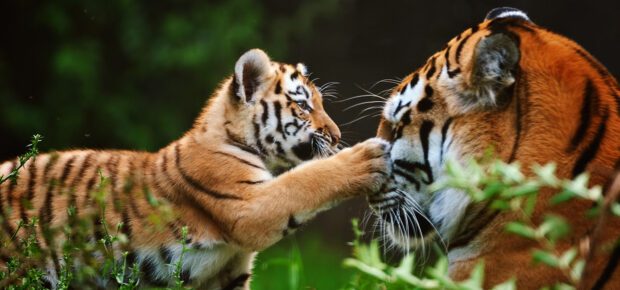




 Meaningful Momentum or Running in Place?
Meaningful Momentum or Running in Place?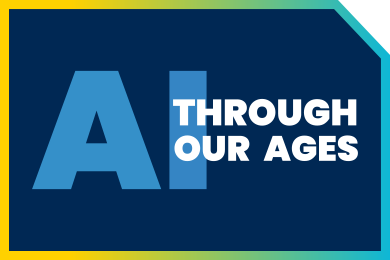 AI Through Our Ages
AI Through Our Ages Liquid Infrastructure: Our Planet's Most Precious Resource
Liquid Infrastructure: Our Planet's Most Precious Resource The Impact of Technology in 2025
The Impact of Technology in 2025 Quantum and AI: Safeguards or Threats to Cybersecurity?
Quantum and AI: Safeguards or Threats to Cybersecurity? Why AI Can't Live Without Us
Why AI Can't Live Without Us Bits, Bytes, Buildings and Bridges: Digital-Driven Infrastructure
Bits, Bytes, Buildings and Bridges: Digital-Driven Infrastructure Impact of Technology in 2024
Impact of Technology in 2024 Emerging AI Cybersecurity Challenges and Solutions
Emerging AI Cybersecurity Challenges and Solutions The Skies are Unlimited
The Skies are Unlimited Smart Cities 2030: How Tech is Reshaping Urbanscapes
Smart Cities 2030: How Tech is Reshaping Urbanscapes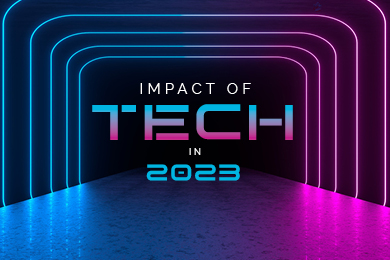 Impact of Technology 2023
Impact of Technology 2023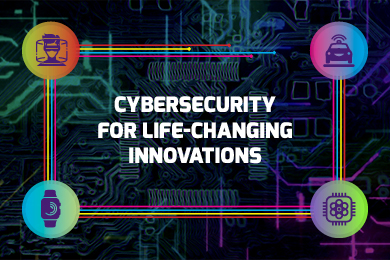 Cybersecurity for Life-Changing Innovations
Cybersecurity for Life-Changing Innovations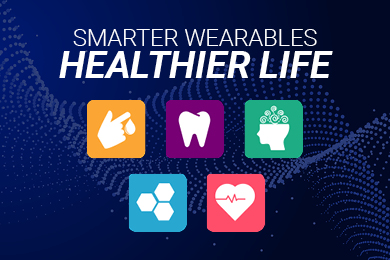 Smarter Wearables Healthier Life
Smarter Wearables Healthier Life Infrastructure In Motion
Infrastructure In Motion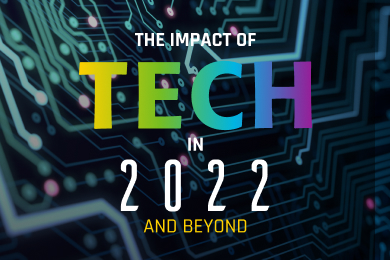 The Impact of Tech in 2022 and Beyond
The Impact of Tech in 2022 and Beyond Cybersecurity, Technology and Protecting Our World
Cybersecurity, Technology and Protecting Our World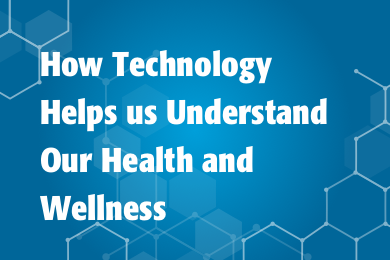 How Technology Helps us Understand Our Health and Wellness
How Technology Helps us Understand Our Health and Wellness The Resilience of Humanity
The Resilience of Humanity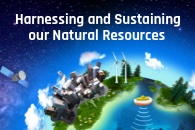 Harnessing and Sustaining our Natural Resources
Harnessing and Sustaining our Natural Resources Creating Healthy Spaces Through Technology
Creating Healthy Spaces Through Technology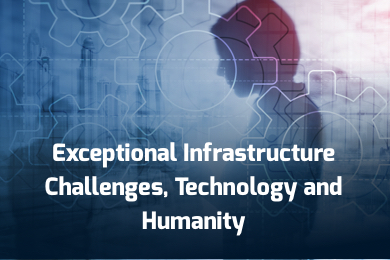 Exceptional Infrastructure Challenges, Technology and Humanity
Exceptional Infrastructure Challenges, Technology and Humanity The Global Impact of IEEE's 802 Standards
The Global Impact of IEEE's 802 Standards Scenes of our Cyber Lives: The Security Threats and Technology Solutions Protecting Us
Scenes of our Cyber Lives: The Security Threats and Technology Solutions Protecting Us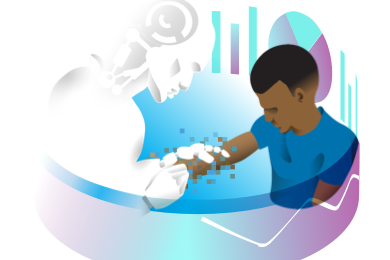 How Millennial Parents are Embracing Health and Wellness Technologies for Their Generation Alpha Kids
How Millennial Parents are Embracing Health and Wellness Technologies for Their Generation Alpha Kids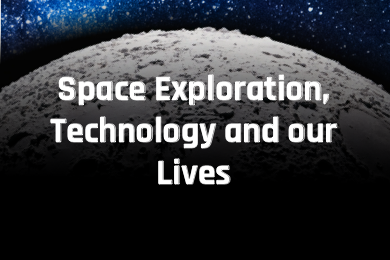 Space Exploration, Technology and Our Lives
Space Exploration, Technology and Our Lives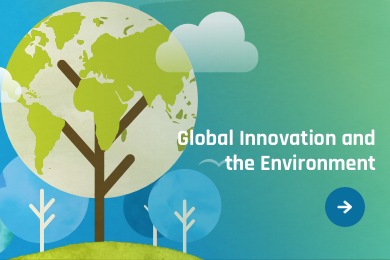 Global Innovation and the Environment
Global Innovation and the Environment How Technology, Privacy and Security are Changing Each Other (And Us)
How Technology, Privacy and Security are Changing Each Other (And Us)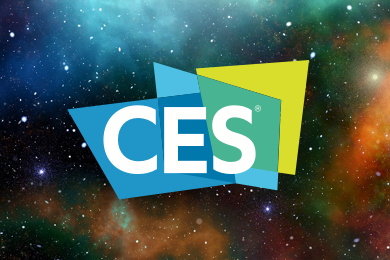 Find us in booth 31506, LVCC South Hall 3 and experience the Technology Moon Walk
Find us in booth 31506, LVCC South Hall 3 and experience the Technology Moon Walk Virtual and Mixed Reality
Virtual and Mixed Reality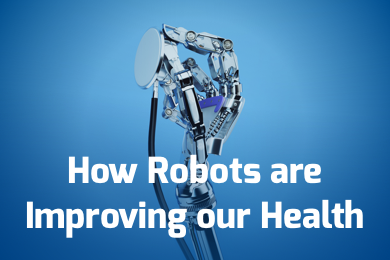 How Robots are Improving our Health
How Robots are Improving our Health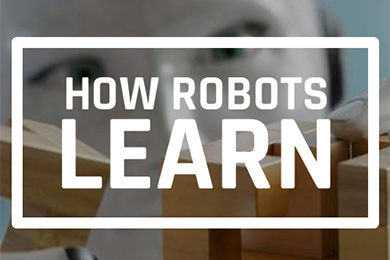 IEEE Experts and the Robots They are Teaching
IEEE Experts and the Robots They are Teaching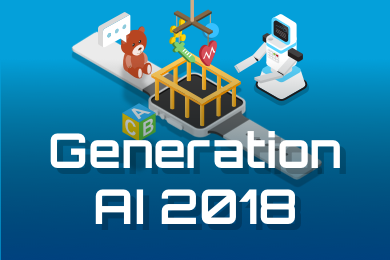 See how millennial parents around the world see AI impacting the lives of their tech-infused offspring
See how millennial parents around the world see AI impacting the lives of their tech-infused offspring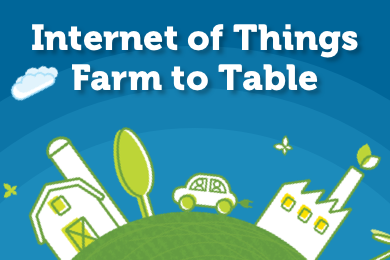 Take the journey from farm to table and learn how IoT will help us reach the rising demand for food production
Take the journey from farm to table and learn how IoT will help us reach the rising demand for food production Watch technical experts discuss the latest cyber threats
Watch technical experts discuss the latest cyber threats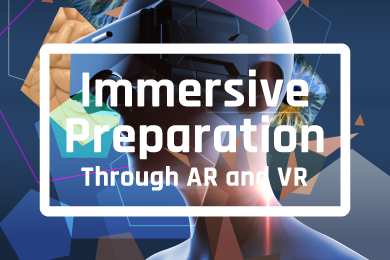 Explore how researchers, teachers, explorers, healthcare and medical professionals use immersive technologies
Explore how researchers, teachers, explorers, healthcare and medical professionals use immersive technologies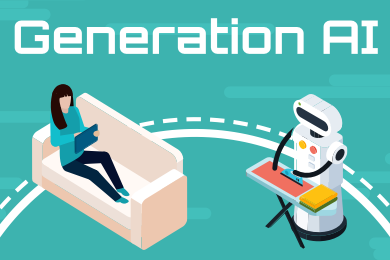 Follow the timeline to see how Generation AI will be impacted by technology
Follow the timeline to see how Generation AI will be impacted by technology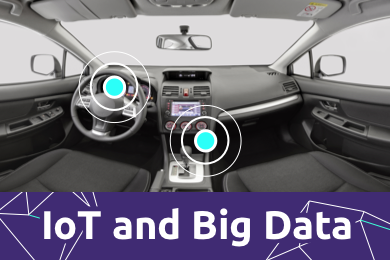 Learn how your IoT data can be used by experiencing a day in a connected life
Learn how your IoT data can be used by experiencing a day in a connected life Listen to technical experts discuss the biggest security threats today
Listen to technical experts discuss the biggest security threats today See how tech has influenced and evolved with the Games
See how tech has influenced and evolved with the Games Enter our virtual home to explore the IoT (Internet of Things) technologies
Enter our virtual home to explore the IoT (Internet of Things) technologies Explore an interactive map showcasing exciting innovations in robotics
Explore an interactive map showcasing exciting innovations in robotics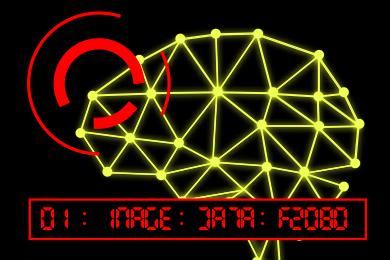 Interactively explore A.I. in recent Hollywood movies
Interactively explore A.I. in recent Hollywood movies Get immersed in technologies that will improve patients' lives
Get immersed in technologies that will improve patients' lives